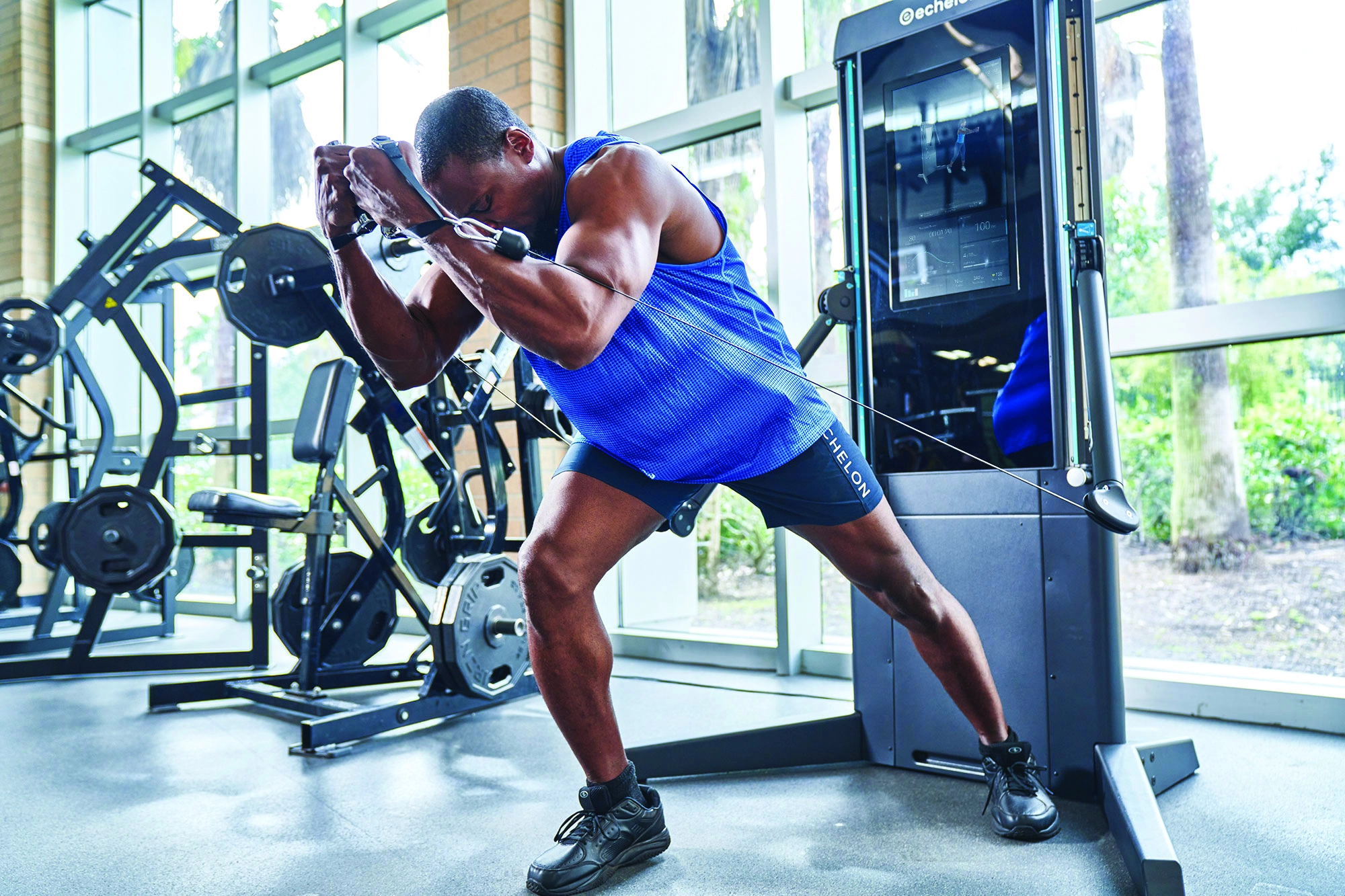Study Challenges Traditional Strength Training Wisdom

Florida Atlantic University’s latest findings suggest that training closer to failure might be essential for muscle growth but may not be as critical for strength gains
Is training to failure the secret to bigger muscles, or could stopping a few reps short of failure yield the same results? This question is at the heart of a new study from Florida Atlantic University, which uncovers surprising insights into how close to failure you really need to train to maximize muscle growth and strength.
Published in the journal Sports Medicine, the research is the first of its kind to conduct a meta-analysis exploring the relationship between training to failure and its effects on muscle strength and hypertrophy. This study provides actionable data that fitness professionals can apply to enhance client training programs.
Study Details: Analyzing the Impact of Training to Failure
The researchers conducted a comprehensive meta-analysis of 55 studies that focused on how different levels of proximity to failure—measured as repetitions in reserve (RIR)—affect muscle strength and hypertrophy. Repetitions in reserve refer to the number of additional reps an individual could perform before reaching the point of muscle failure, where they can no longer complete a repetition.
The analysis aimed to determine whether training closer to failure yields better results in terms of muscle size and strength. The researchers scrutinized the impact of varying RIR levels on key muscle groups engaged in specific exercises, such as the quadriceps during leg presses.

Key Findings: Muscle Growth vs. Strength
The study uncovered that training closer to failure significantly impacts muscle hypertrophy. The closer an individual trains to failure, the more substantial the muscle growth observed. Conversely, the research found that the effect on muscle strength was not as pronounced. Whether an individual stops several reps short of failure or pushes to the brink, strength improvements appeared similar across the board.
Michael C. Zourdos, PhD, the senior author of the study and professor and chair of the Department of Exercise Science and Health Promotion at FAU’s Charles E. Schmidt College of Science, emphasized the importance of these findings.
“If you’re aiming for muscle growth, training closer to failure might be more effective. In other words, it doesn’t matter if you adjust training volume by changing sets or reps; the relationship between how close you train to failure and muscle growth remains the same,” said Zourdos.
“For strength, how close you push to failure doesn’t seem to matter as much.”
Practical Applications for Fitness Professionals
Based on the study’s findings, fitness professionals can design programs that optimize muscle growth by encouraging clients to train closer to failure. Specifically, guiding clients to work within a range of 0-5 reps short of failure may maximize hypertrophy while minimizing injury risks. For clients focused on building strength, programs can prioritize heavier loads while stopping 3-5 reps short of failure, avoiding unnecessary physical strain without compromising strength gains.
The study also found that training closer to failure enhances the accuracy of self-reported repetitions in reserve.
“When people estimate how many reps they have left, this perception influences the weights they choose,” explained Zac P. Robinson, PhD, the study’s first author.
“If the estimation is off, they might use lighter weights than needed, which could limit strength gains. On the flip side, our meta-analysis shows that training closer to failure also leads to greater muscle growth.” This suggests that accurate load selection, informed by close-to-failure training, can help clients achieve better outcomes in both strength and hypertrophy.
The research indicates that performing sets closer to failure can mimic the conditions of maximal strength tests, aligning with the principle of specificity. Zourdos highlighted this, stating, “As the load increases, motor patterns change, which means performing sets closer to failure can more closely mimic the demands of max strength assessments.”
Fitness professionals can use this approach to better prepare clients for strength testing and performance scenarios, ensuring they are both mentally and physically ready to meet these challenges.

Challenges and Considerations
While training closer to failure may enhance muscle growth and improve the accuracy of self-assessments, the researchers also caution against the potential downsides. Training to failure can be physically demanding and may hinder long-term performance due to increased recovery needs.
This aspect of the study may resonate with the ongoing debate within the fitness community about the best approach to resistance training. Some trainers advocate for pushing to failure to maximize results, while others emphasize the risks of overtraining and the importance of recovery.
While this study provides valuable guidelines for optimizing training programs, the researchers note that the precise relationship between training to failure and strength gains remains ambiguous. Zourdos and his team advocate for future studies with larger sample sizes to further explore these effects and refine training recommendations.



